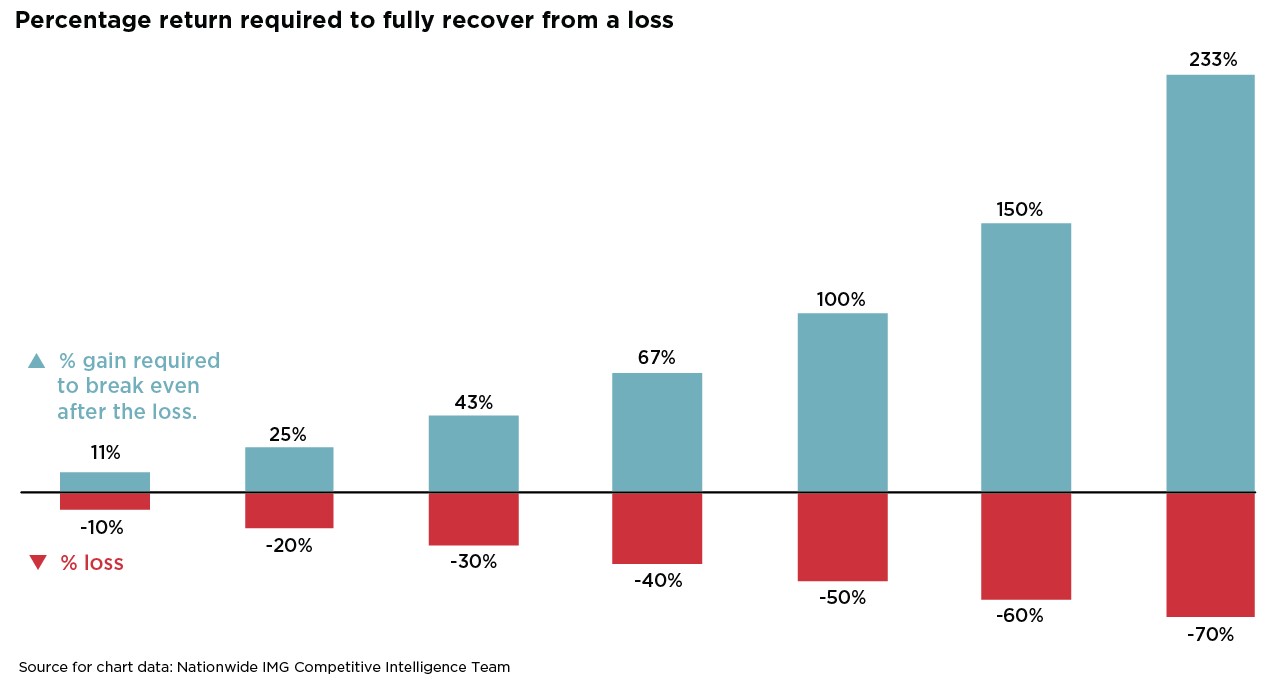It looks like you're new here. If you want to get involved, click one of these buttons!



https://ir.ofscreditcompany.com/shareholder-services/dividend-reinvestment-plancommon stockholders may now receive a number of shares based on 95% of the market price per share of common stock at the close of regular trading on The Nasdaq Capital Market on the valuation date fixed by the Board for such distribution
https://www.fidelity.com/bin-public/060_www_fidelity_com/documents/customer-service/brokerage-retirement-cust-agree-and-commission-sched.pdfNote ... that the stock price at which your reinvestment occurs is not necessarily the same as the price that is in effect on the dividend payable date. This is because we generally buy the shares of domestic companies two business days before the dividend payable date [likely now one day before with T+1], at the market price(s) in effect at the time, in order to help ensure that we have shares on hand to place in your account on the dividend payable date.
https://admainnew.morningstar.com/directhelp/Glossary/Performance/Total_Return.htmReinvestments are made using the actual reinvestment price,
NT Ext Eq Mkt Indx Fd DC Lending Tier 5 Not Rated — 0.02
Unlock
1,649,659,963
1,649,659,963
––
Jun 30, 2024
Vanguard Total Stock Mkt Idx Inv 0.43 0.00
Unlock
868,400
0
0.00% Jul 31, 2024
Vanguard Institutional Extnd Mkt Idx Tr 0.38 0.02
Unlock
756,598
4,126
0.55% Jul 31, 2024
Vanguard Small Cap Index Not Rated 0.34 0.01
Unlock
687,760
1,863
0.27% Jul 31, 2024
Fidelity Extended Market Index 0.14 0.02
Unlock
281,449
281,449
––
Jun 30, 2024
Vanguard Small Cap Value Index Inv 0.12 0.01
Unlock
231,593
1,049
0.46% Jul 31, 2024
Vanguard Small Cap Growth Index Inv 0.10 0.02
Unlock
192,865
-735
0.38% Jul 31, 2024
iShares Russell Mid-Cap Growth ETF 0.10 0.03
Unlock
192,396
152
0.08% Aug 28, 2024
iShares Russell Mid-Cap ETF 0.09 0.01
Unlock
181,128
132
0.07% Aug 28, 2024
Russell 1000 Index Fund Not Rated 0.09 0.00
Unlock
174,341
0
0.00% Jul 31, 2024
Blackrock Russ 1000 Eq Idx Composite Not Rated 0.09 0.00
Unlock
174,341
174,341
––
Jun 30, 2024
State St Russell Sm/Mid Cp® Indx NL Cl C 0.08 0.01
Unlock
161,788
116,888
260.33% Jul 31, 2024
Schwab US Mid-Cap ETF™ 0.07 0.02
Unlock
131,950
0
0.00% Aug 30, 2024
iShares Russell 1000 Growth ETF 0.06 0.00
Unlock
128,597
48
0.04% Aug 28, 2024
Fidelity Nasdaq Composite Index 0.05 0.03
Unlock
105,223
30,800
41.39% May 31, 2024
BlackRock Extended Equity Market K 0.05 0.02
Unlock
104,537
104,537
––
Jun 30, 2024
iShares US Technology ETF 0.05 0.01
Unlock
99,370
-39
0.04% Aug 28, 2024
BlackRock Russell 2500™ Index F 0.05 0.03
Unlock
93,367
93,367
––
Jun 30, 2024
Fidelity Total Market Index 0.05 0.00
Unlock
90,922
90,922
––
Jun 30, 2024
Fidelity Series Total Market Index 0.03 0.00
Unlock
68,109
68,109
––
Jun 30, 2024
Total (for Top 20) 2.36 1,654,384,697
1,650,626,972
W/E August 30, 2024..... A week of price swings with few + NAV'sMy intention, at this time; is to present the data for the select bond sectors, as listed; through the end of the year (2024). This 'end date' will take us through the U.S. elections period, pending actions/legislation dependent upon the election results, pending Federal Reserve actions and market movers trying to 'guess' future directions of the U.S. economy. As important during this period, are any number of global circumstances that may take a path that is not expected; and/or 'new' circumstances. In the 'cooking pot' we currently have the big ingredients of the middle east and also, how much damage Ukraine may inflict upon Russia and the response.
© 2015 Mutual Fund Observer. All rights reserved.
© 2015 Mutual Fund Observer. All rights reserved. Powered by Vanilla